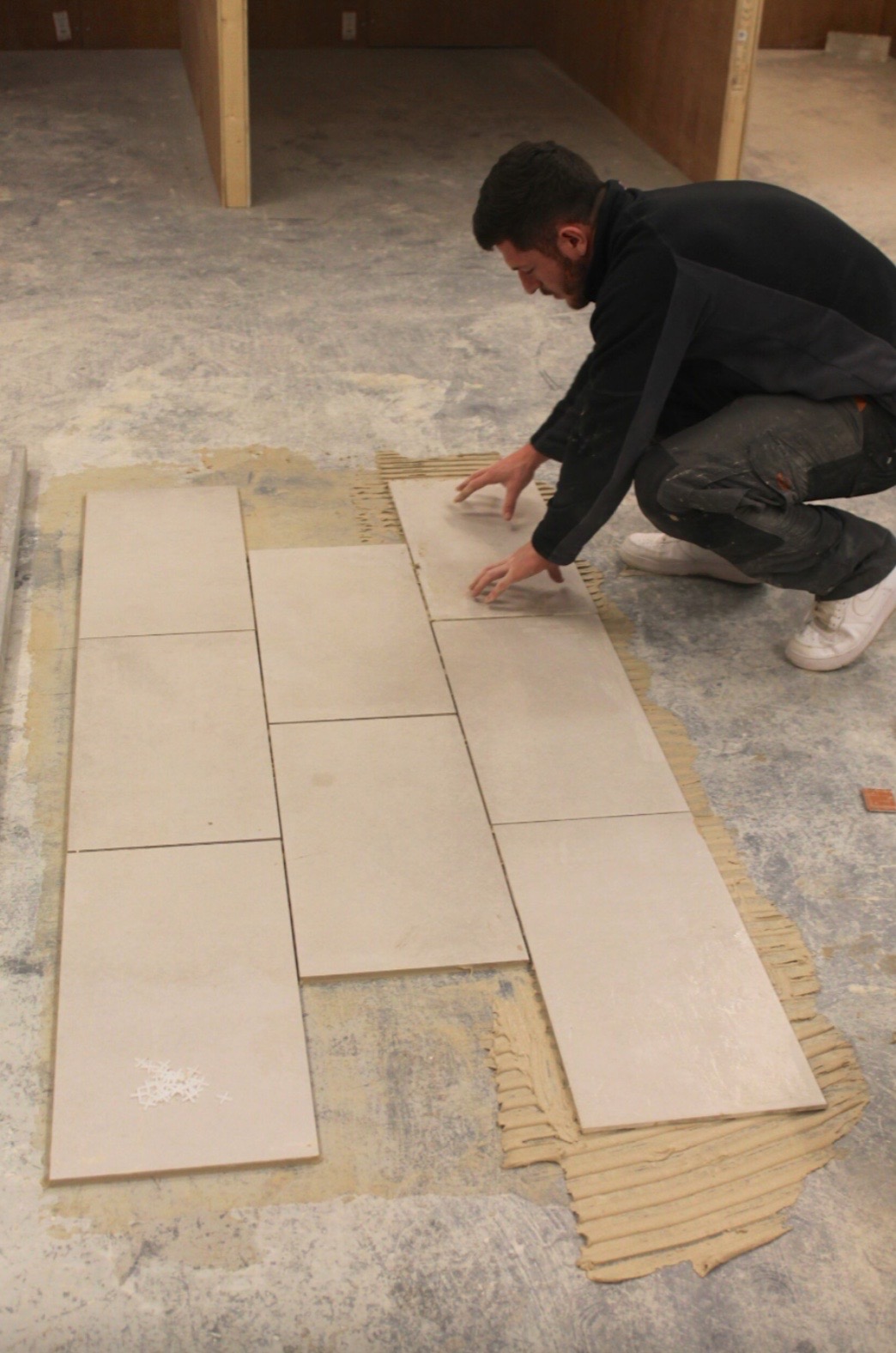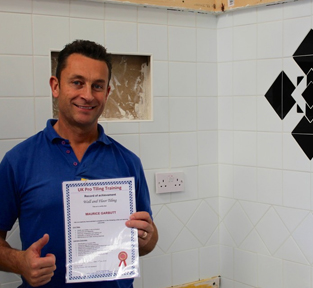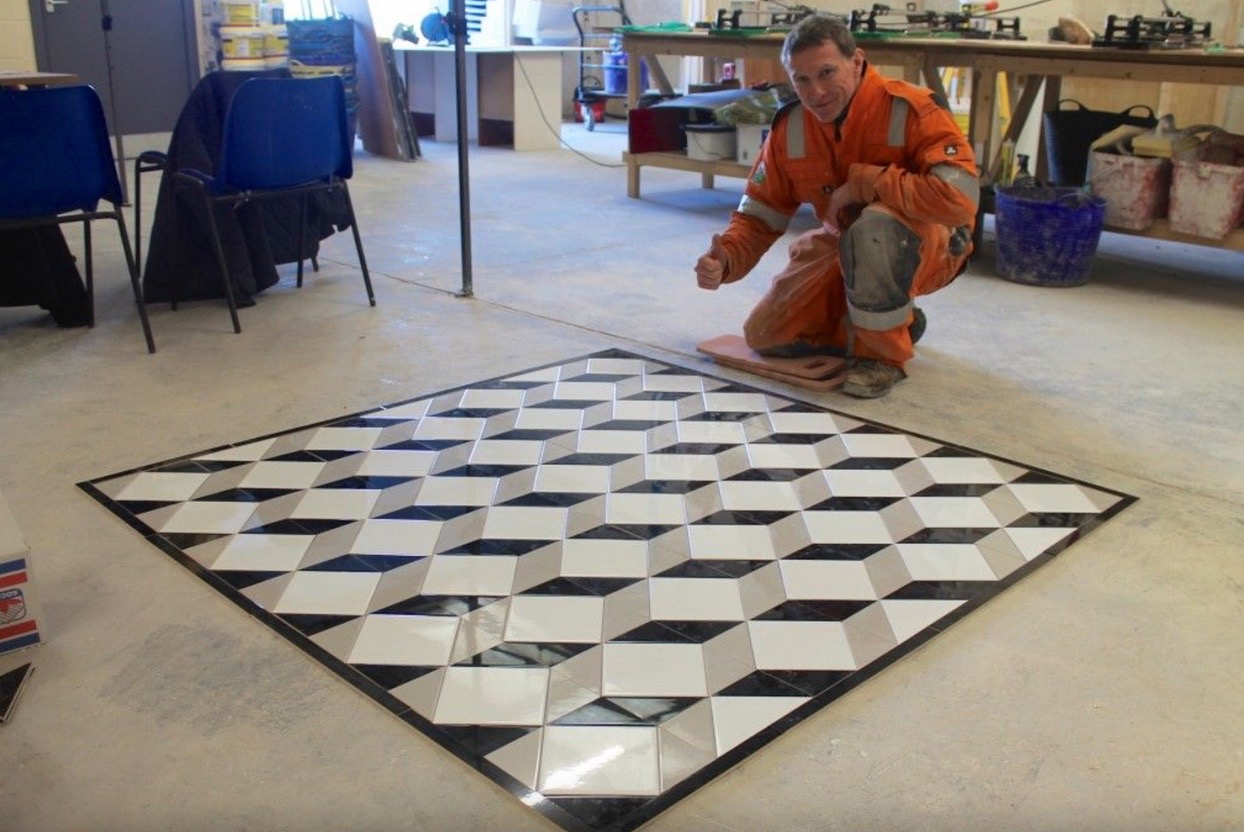Essential Advice for Homeowners Taking on Tiling Projects

Embarking on a tiling project can be an exciting yet daunting endeavour for homeowners. Whether it’s sprucing up the bathroom, and kitchen, or adding a unique touch to your living space, tiling can transform the aesthetic and feel of your home. However, achieving that perfect finish requires more than just enthusiasm; it demands skill, preparation, and understanding. In this comprehensive guide, we’ll explore essential advice for homeowners undertaking tiling projects, highlighting the benefits of enrolling in tiling courses and considering services like UK Pro Tiling.
Understand Your Space and Requirements Before diving into the world of tiling, it’s crucial to assess the space you plan to tile. Consider the area’s size, the type of tiles suitable for the space, and how they align with your aesthetic vision. Measuring your space accurately is key to determining how many tiles you’ll need, avoiding wastage and ensuring you have enough materials.
Choosing the Right Tiles The selection of tiles available can be overwhelming, ranging from ceramic and porcelain to natural stone and glass. Each type has its advantages and specific maintenance needs. Consider the wear and tear the tiled area will face and choose a tile that not only matches your design vision but is also practical for its intended use.
Preparation is Key Proper preparation of the surface where tiles will be laid is crucial for a successful tiling project. Ensure the area is clean, dry, and level. Any irregularities can lead to uneven tiling and potential problems in the future. Employing the right tools and materials, like a good quality tile adhesive and grout, is also essential for the longevity of your tiling work.
Learning the Skill Tiling is an art that requires a certain skill set to achieve professional-looking results. Consider taking tiling courses to learn the intricacies of cutting, laying, and finishing tiles. These courses can provide hands-on experience and knowledge, reducing the learning curve and helping you avoid common mistakes.
Detailed Planning and Layout Planning your layout before beginning the tiling process can save time and resources. Sketch your area and plan where each tile will go, considering the placement of cut tiles and how the pattern flows across the space. A well-thought-out layout ensures a cohesive look and minimises tile cutting and waste.
Execution with Precision The actual tiling process requires patience and precision. Mixing the adhesive to the right consistency, applying it correctly, and placing tiles firmly and evenly are steps that cannot be rushed. Paying close attention to tile spacing and alignment will ensure a professional finish.
Grouting and Finishing Touches Once the tiles are set, grouting is the next step to complete the look and seal the spaces between the tiles. Choose a grout colour that complements your tiles and apply it smoothly, ensuring all joints are filled. Wiping off excess grout and polishing the tiles will leave your tiling project looking clean and finished.
Maintenance and Upkeep After completing your tiling project, understanding how to maintain and care for your tiles will keep them looking new for longer. Regular cleaning and immediate attention to spills can prevent staining and damage, especially on porous materials like natural stone.
Seeking Professional Advice While DIY projects can be rewarding, seeking advice from professionals like those at UK Pro Tiling can provide valuable insights and help you navigate complex tiling tasks. Their expertise can guide you in choosing the right materials, tools, and techniques for your specific project.
Now let’s delve deeper into the nuances of design choices, cost considerations, and the benefits of sustainable tiling practices.
Design Choices and Aesthetic Considerations When it comes to tiling, the design possibilities are endless, and the choice of patterns, colours, and textures can significantly impact the room’s ambience. Homeowners should consider the style and era of their home when selecting tiles. For instance, Victorian-style tiles may suit a period property, while sleek, large-format tiles might better complement a modern home. Additionally, the tile layout pattern, whether it’s a classic subway, herringbone, or basketweave, can add character and dynamism to the space. Light-coloured tiles can make a small room appear larger, while dark or patterned tiles can add depth and interest to a larger area.
Cost Considerations and Budgeting Budgeting is a crucial aspect of any home improvement project, and tiling is no exception. The cost of tiling projects can vary widely, depending on the type of tiles chosen, the size of the area to be tiled, and whether you decide to DIY or hire a professional. It’s important to factor in not only the cost of the tiles themselves but also the expenses related to underlayment, adhesive, grout, and tools or equipment rentals. Setting a realistic budget and allowing for unexpected expenses can prevent financial stress and ensure the project’s completion without compromising on quality.
Sustainable Tiling Practices Sustainability in tiling involves choosing eco-friendly materials, minimizing waste, and considering the long-term environmental impact of the products used. Homeowners can opt for tiles made from recycled materials or those that have a lower carbon footprint during production. Additionally, using non-toxic adhesives and grouts can contribute to a healthier indoor environment. Sustainable tiling not only benefits the planet but can also enhance the indoor air quality and overall healthiness of your living space.
Innovative Tiling Technologies and Trends The tiling industry is continuously evolving, with new technologies and trends emerging that can enhance the functionality and aesthetics of tiled surfaces. Digital printing technology, for example, has revolutionized tile designs, allowing for intricate patterns and realistic textures that mimic natural stone, wood, or even fabric. Additionally, advancements in tile manufacturing have led to the creation of ultra-thin, large-format tiles that are not only stylish but also reduce material usage and waste. Staying informed about the latest tiling trends and technologies can inspire homeowners to make choices that are both contemporary and practical.
Practical Tips for DIY Tilers For homeowners who choose to undertake tiling projects themselves, practical tips can make the process smoother and more successful. For example, using spacers to ensure even gaps between tiles, cutting tiles with precision using a quality tile cutter, and mixing adhesive and grout to the correct consistency are all key to achieving a professional look. Moreover, understanding how to seal tiles, especially porous varieties like natural stone, can enhance their durability and resistance to staining.
In conclusion, taking on a tiling project in your home involves a blend of aesthetic choices, budget considerations, sustainable practices, and staying updated with industry trends and technologies. By combining this knowledge with the practical skills gained from tiling courses and professional advice, homeowners can successfully execute tiling projects that enhance the beauty, functionality, and value of their homes.


